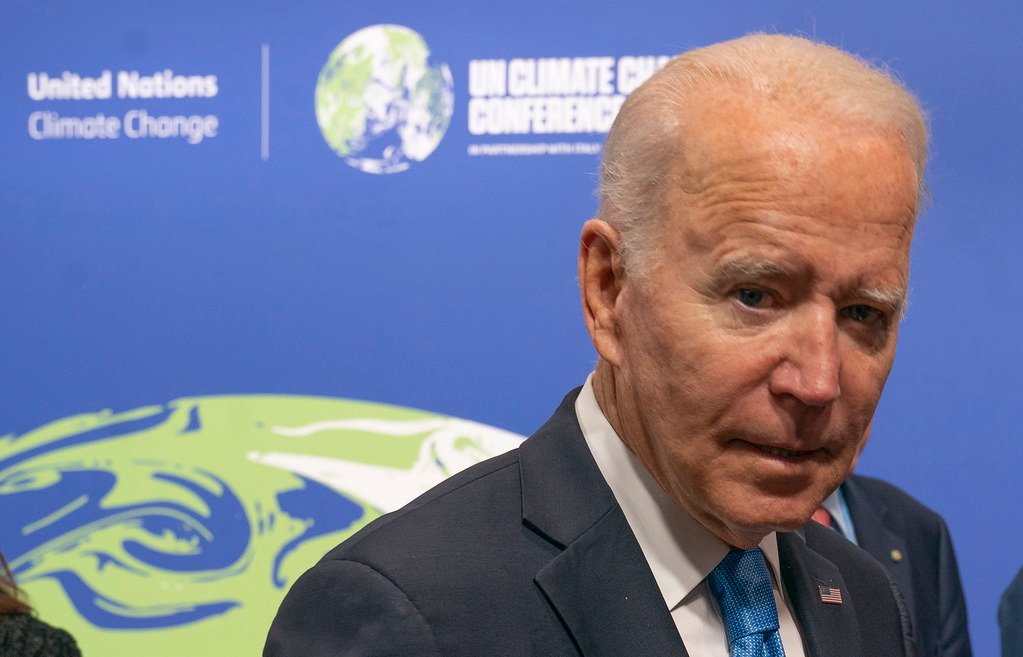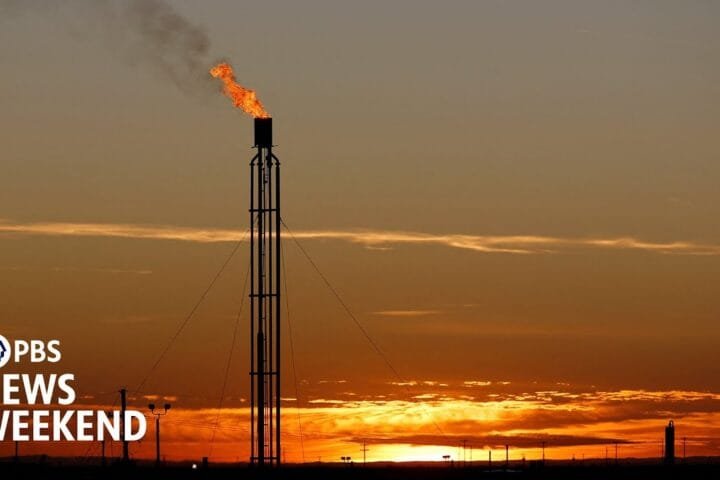Summary
- The Biden administration has finalized multiple major environmental regulations to combat climate change and address issues such as asbestos, toxic chemicals in tap water, methane leaks, and power plant pollution.
- These regulations aim to make significant reductions in greenhouse gas emissions, eliminate harmful substances in the environment, and protect endangered species and fragile habitats.
- The administration has focused on electrifying cars, slashing power plant pollution, banning asbestos, ending ‘forever’ chemicals in tap water, protecting endangered species, safeguarding the Alaskan wilderness, ensuring chemical plant safety, and raising the price to drill on public lands.
- By implementing these rules, the U.S. is taking crucial steps to mitigate the impacts of climate change and protect the environment for future generations.
Key passage:
Under the 1996 Congressional Review Act, Congress can delete new federal regulations by a simple majority vote within 60 legislative days of their publication in the Federal Register. Senate Republicans used that procedure in early 2017 to wipe out 14 regulations within 16 days that had been written by the Obama administration.
To avoid that fate, the White House told federal agencies to get major rules on the books by this spring. That doesn’t mean a new occupant of the White House couldn’t undo them through the regular rule-making process, or that the Supreme Court couldn’t eventually strike them down. But it cuts off one possible line of attack.
Here are 10 major environmental rules that the Biden administration rushed out the door to meet its self-imposed spring deadline.
Read the full post at New York Times.





